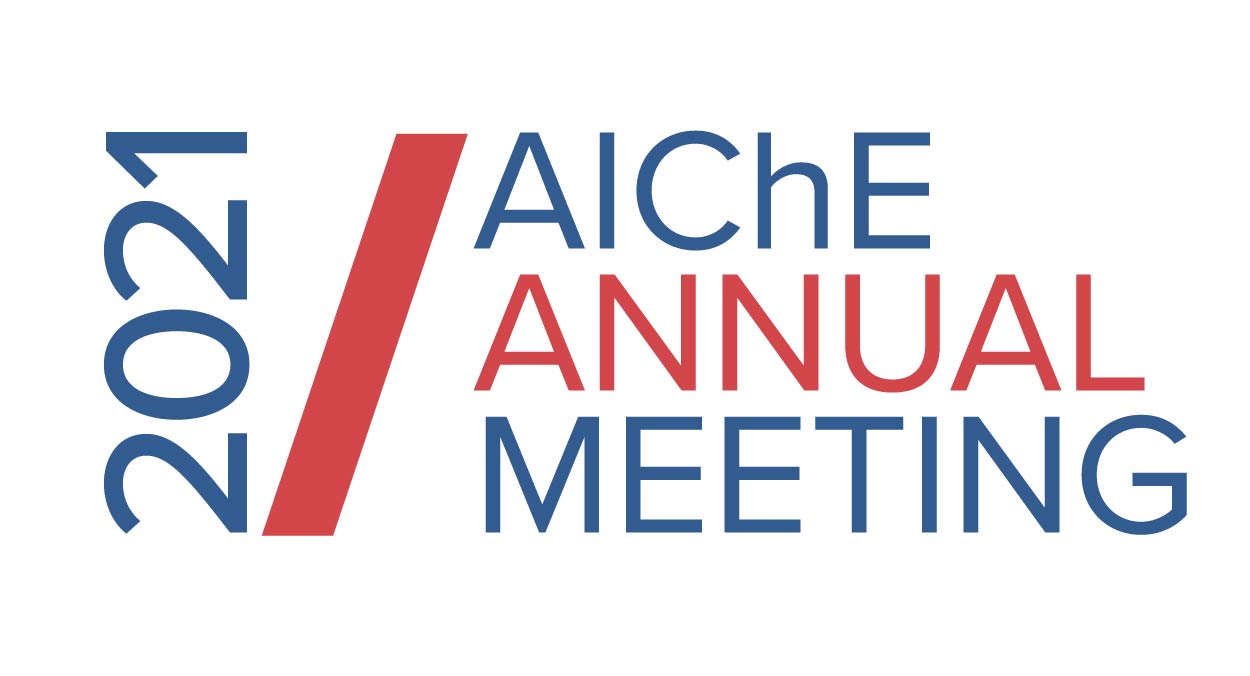

Robust, high-efficiency oil-water separations are crucial to achieving the circular water economy. Previous investigation of oil permeation through hydrophobic hollow fiber membranes has demonstrated their ability to efficiently recover oil from oil-water solutions for extended durations. Furthermore, researchers have identified mechanistic competition between permeation and coalescence which results in transport phenomena that deviate from traditional pore flow models. These studies have generally focused on insoluble organic concentrations in excess of 1%. However, for many industrial wastewaters, oil concentrations may be substantially lower. This work investigates the oil flux and recovery behavior for dilute oil-water emulsions by examining the effects of both operating parameters (e.g., transmembrane pressure, influent flow rate) and solution properties (e.g., influent oil concentration, interfacial tension, viscosity, ionic strength). Of particular significance, we identify the presence of optimal and suboptimal operating ranges which ultimately highlights the competition between mass transfer resistances within the system.
Presenter(s)
Once the content has been viewed and you have attested to it, you will be able to download and print a certificate for PDH credits.
If you have already viewed this content,
please click here
to login.
